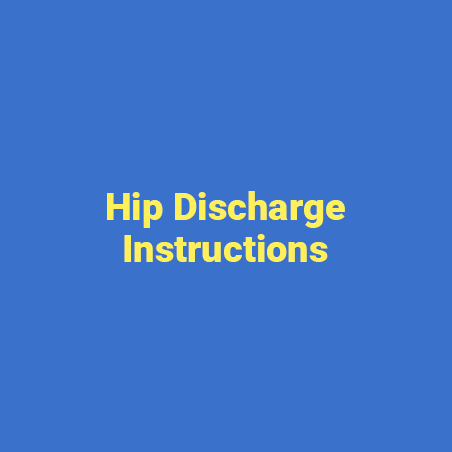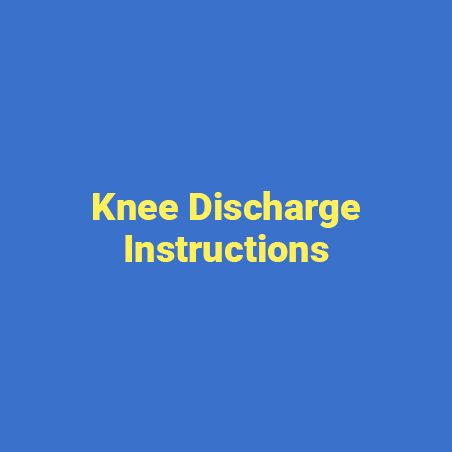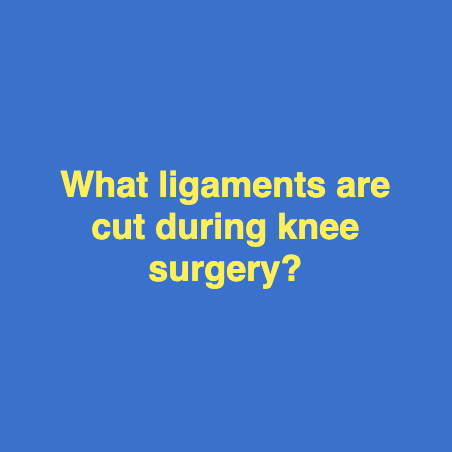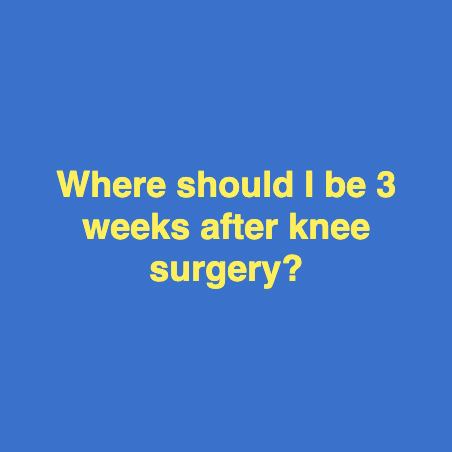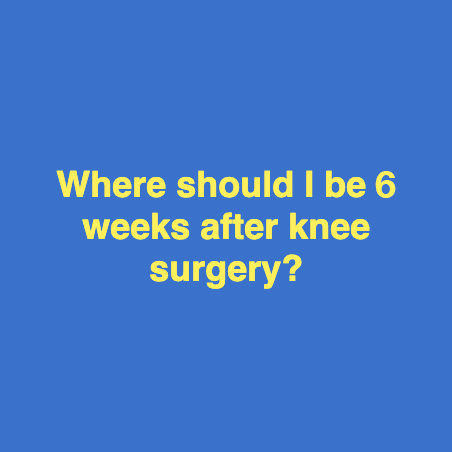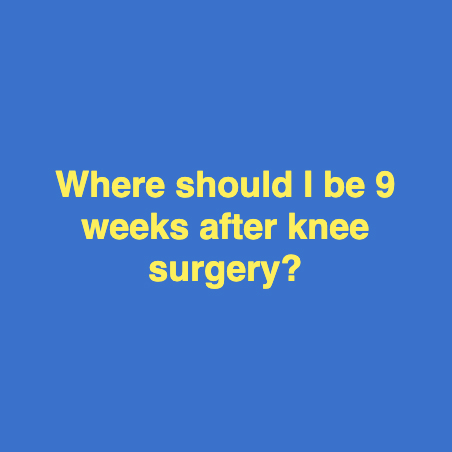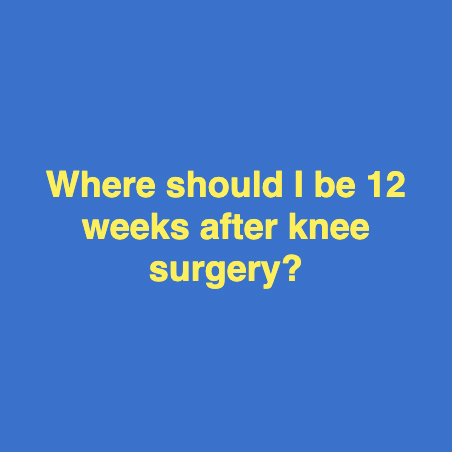I’m excited to help you as we go through this process of your upcoming shoulder replacement. Shoulder replacements have two varieties. There’s an anatomic shoulder replacement where the ball and socket is unchanged but just replaced, and there’s a reverse replacement. These are both options as you head toward this surgery and in the office we’ve discussed those options, but I want to give you some further detail about what to expect that day of surgery.
Up to the surgery there will be some medications you’ll stop taking and then the day of surgery you’ll speak with our anesthesiologist. You’ll be given an antibiotic and a nerve block. The nerve block is an injection toward the base of the neck that’s going to help assist with your pain control during surgery. It will wear off probably about 18 to 24 hours after surgery and, at that point, you’ll want to take the pain medication. You’ll be given a prescription for that that you’ll take home. My goal is to have you off of all pain medications by six weeks.
We don’t want to be prescribing further medications beyond that if we can help it and we’ll have a direct talk as we go through about how we can get you off of those medications. Blood thinner is a good idea after shoulder surgery even though blood clots after shoulder surgery are very uncommon. Infections after shoulder surgery also are also uncommon, but we give you medication for both blood clot prevention and for antibiotics right after surgery.
Once you leave the inpatient center, which is typically on the first day after surgery, you’ll do some gentle home exercises and you’ll have a sling. The sling needs to stay on and there are restrictions for how much motion you can do that the physical therapist will work your incisions. We don’t do a lot of range of motion testing. We’re mostly checking to make sure the wound is healing nicely and will progress you from there with your physical therapy.
There are unfortunate complications that occur with any surgery. The most common of those are infections, blood loss, nerve damage, there can be anesthetic complications, blood clots, as I said are low, but each of these is a potential complications of the surgery that you sure be aware of as possibilities. The hardware rarely breaks but occasionally the hardware becomes loose or there can be breaks in the bone above or below where we put the actual implants. As we progress through your physical therapy, we will work on your range of motion. Some people do struggle to get their range of motion back and we’ll work with you as we go through that process to try to get you back to function and back to your life.
If there are any questions beyond this, I would sure prefer you to visit me in the office where we can discuss it as the day of surgery can sometimes feel rushed for a variety of reasons just with the preparations and all that it takes to get the process started. I look forward to helping you through the process.





